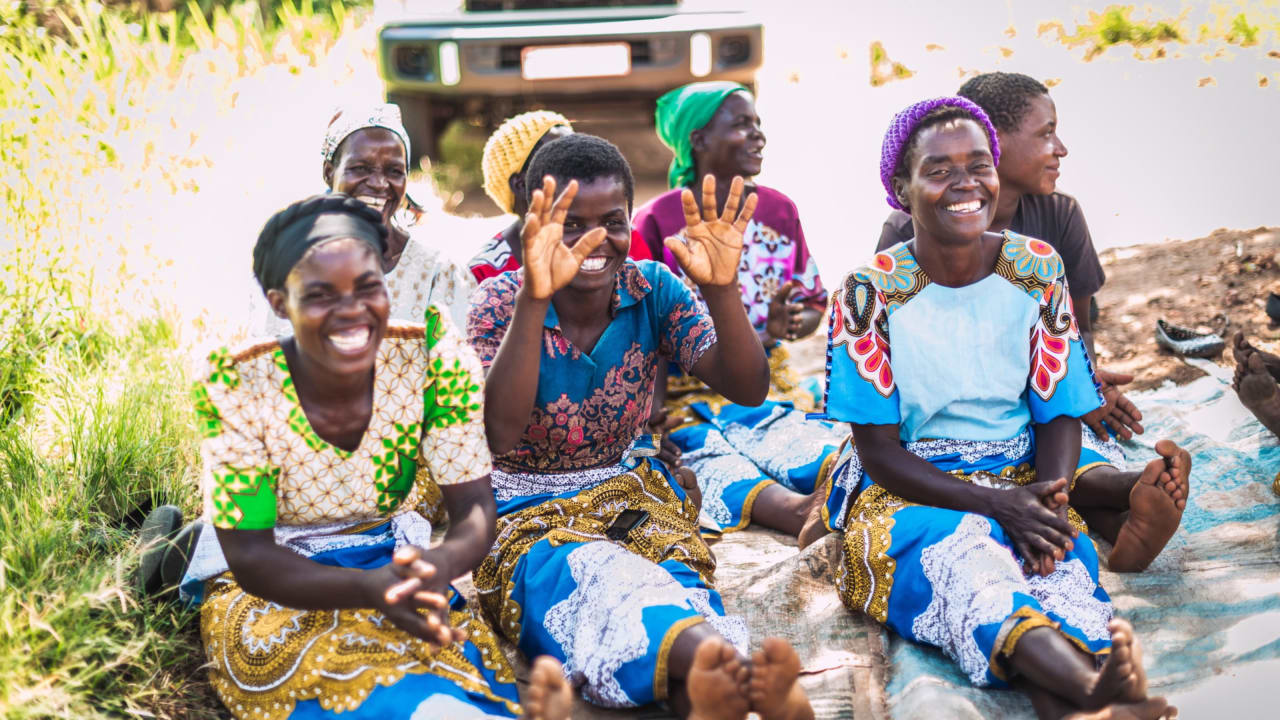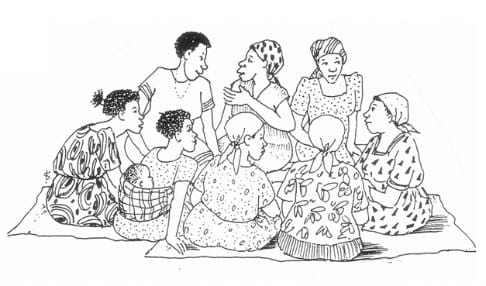A self-help group (SHG) is a group of 15 to 20 people who meet together each week to support each other financially and encourage one another. SHGs are an incredibly effective way for people to lift themselves out of poverty.
Savings and loans
SHG members are often the poorest and most vulnerable people in the community when they first join the group. They start by saving small amounts regularly, and then begin taking out small loans from the group at a low interest rate. Members often use the money to start or expand their own businesses. They also receive small-business training.
‘The business provides consistent income for us. Being able to provide for my family means I do not have to rely on others for help any more.’
Sahra, Somaliland
Supportive relationships
Members of SHGs find they benefit from far more than just financial success. The groups focus on building strong, trusting relationships between members. Many groups are made up entirely of women, though there are some mixed groups.
‘I can’t express in words what my group means to me. They are my sisters – we support each other in everything.’
Meseret, Ethiopia










